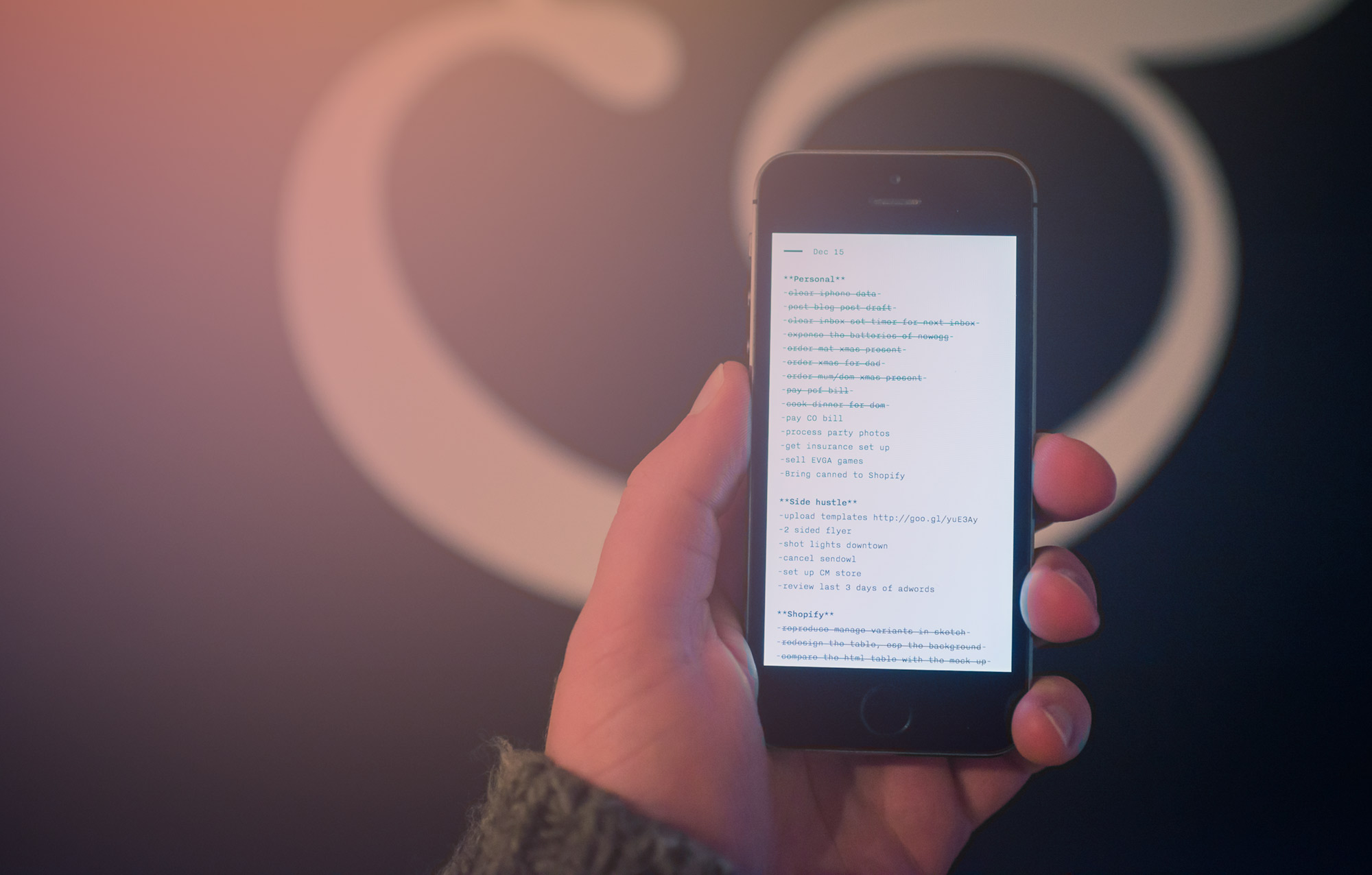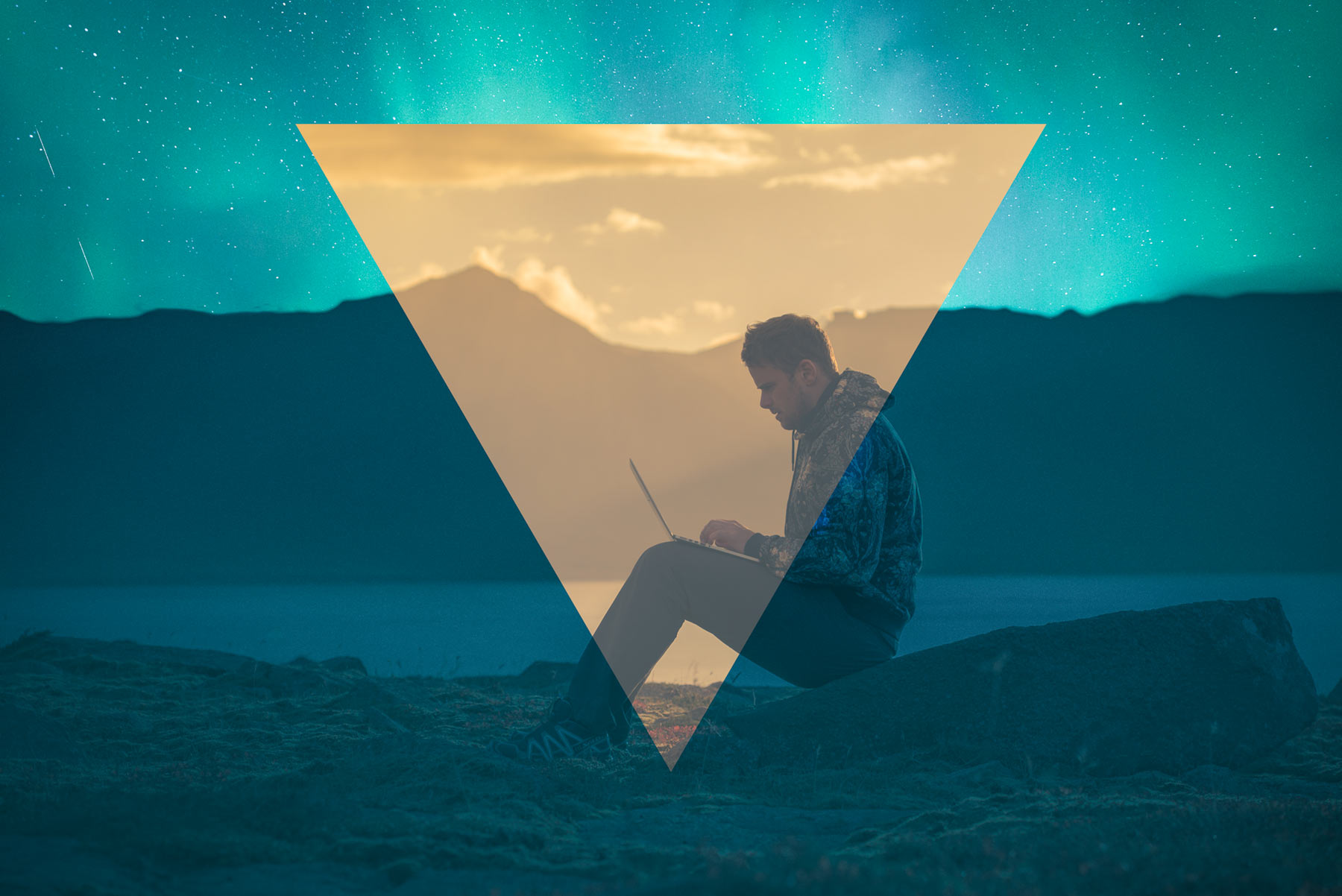Iceland. No where in the world will you find a country as dense with a mix of topographic landscapes. Your best photos will be taken in this mid atlantic paradise of lush waterfalls, brazen mountains and fart smells of sulphur.
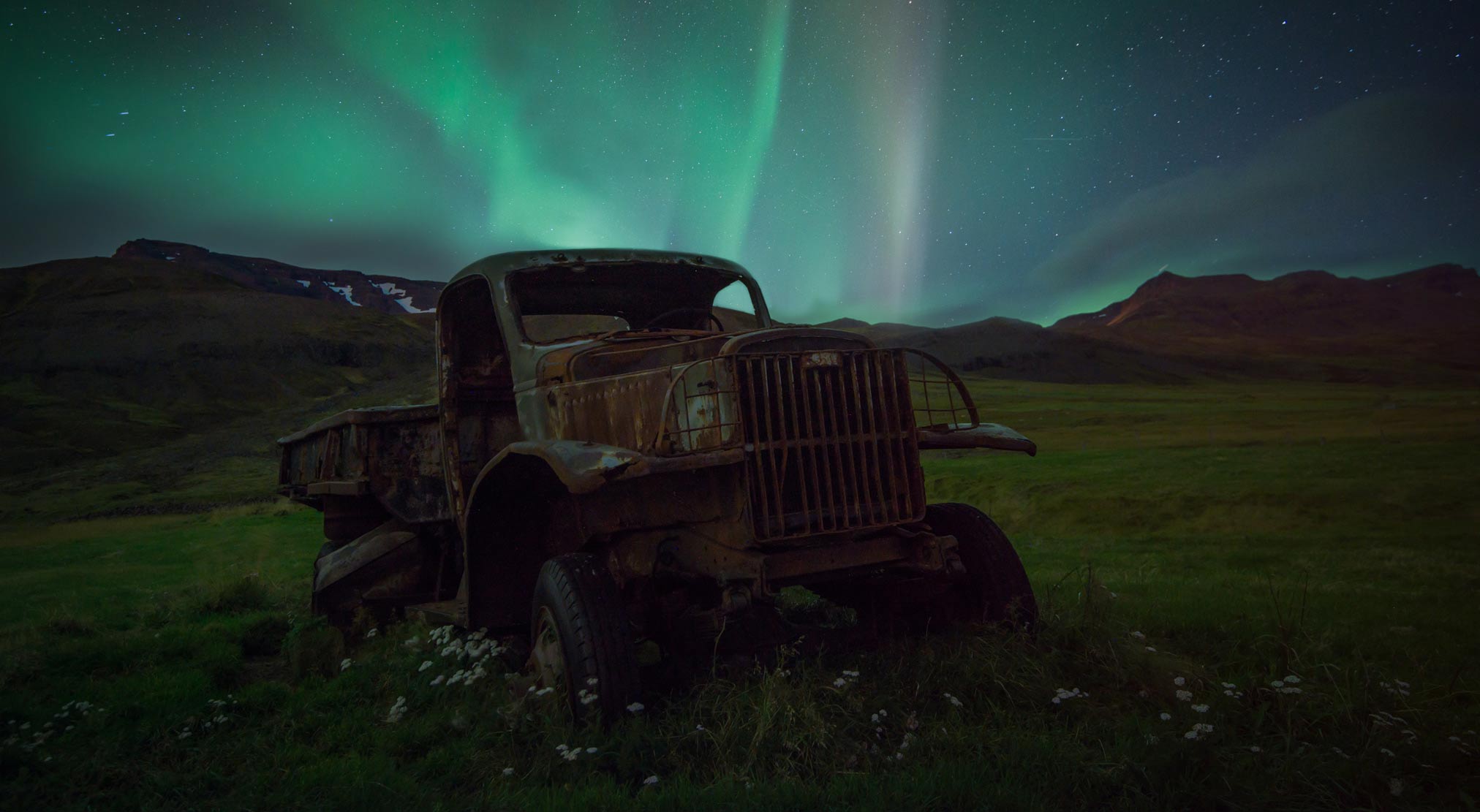
Transportation
You need to rent a car. There is one main road going right around the country, the ring road (route 1), and it only takes about 14 hours to get around the whole thing.
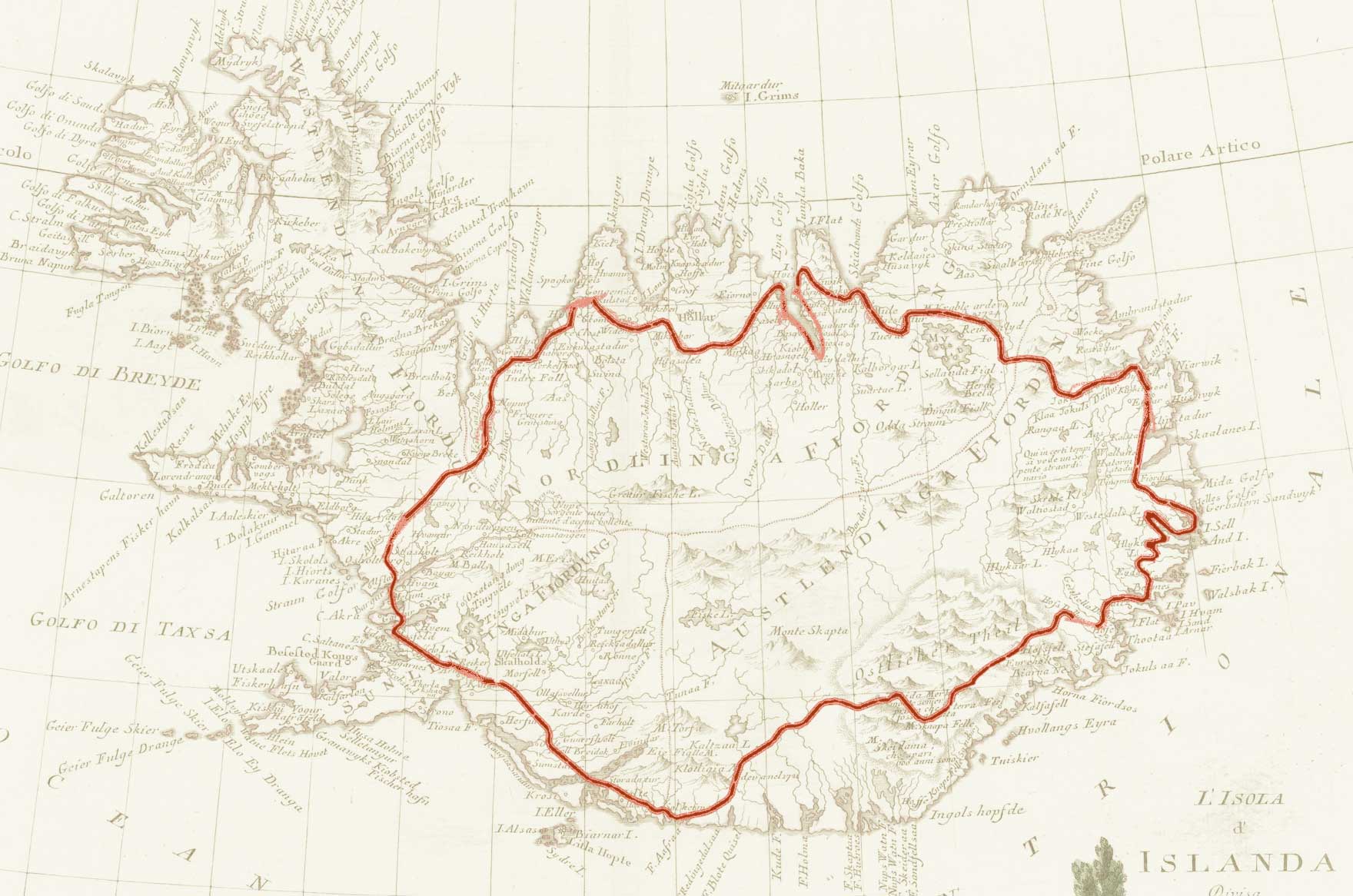
Rental car and fuel costs about twice it does in North America. I paid 57$ a day for my 2wd Nissan, which had the turning circle of a beached whale and the power of an aesthmatic ant.
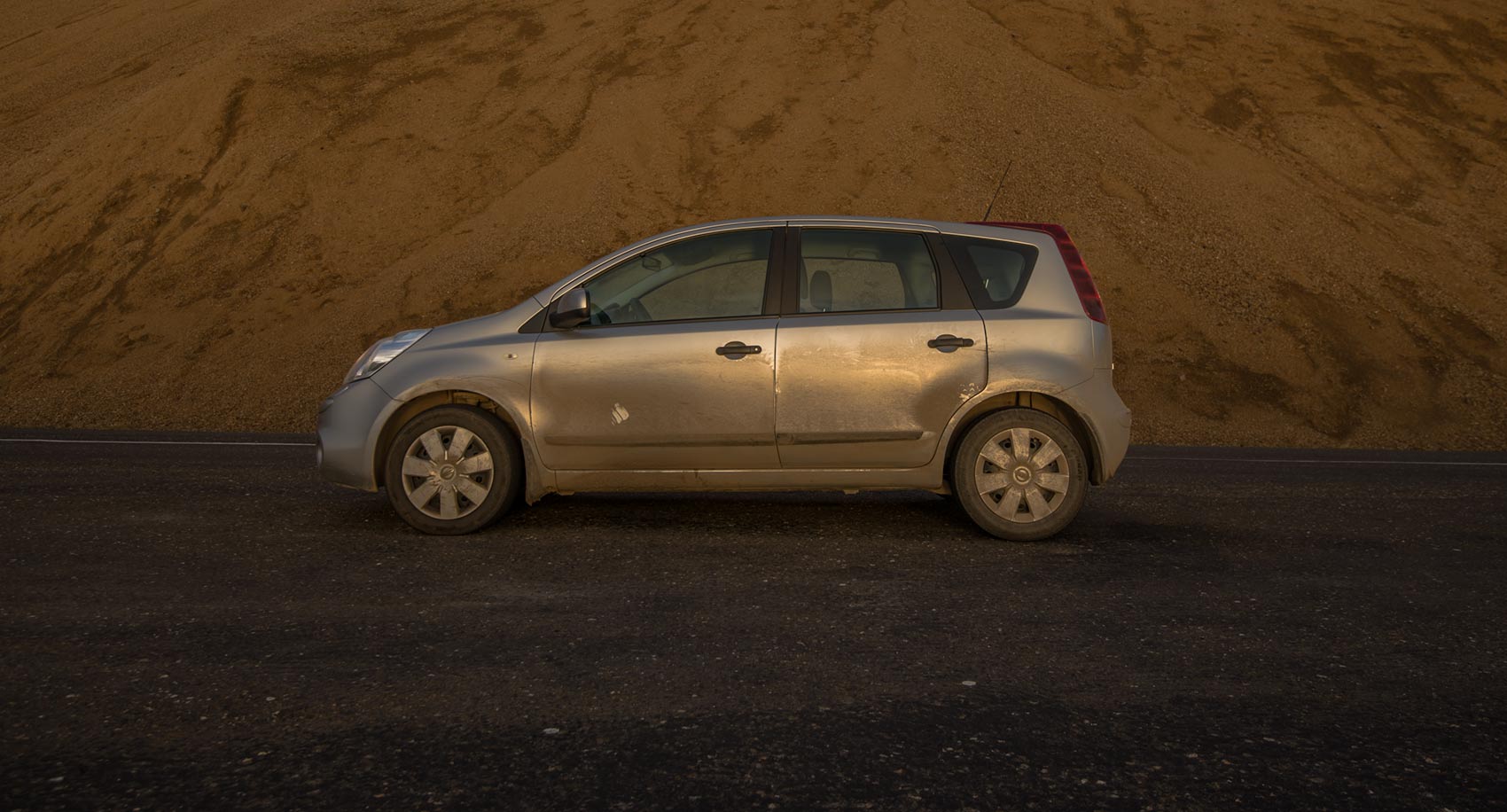
You’re going to spend a ton of time in your car so don’t skimp out and end up with a Ford Ka. Most of Iceland roads require you to have a 4×4 and the locals will tell you off for driving on them with 2wd. As a solo travel I couldn’t afford to pay for an SUV and the gas prices to go with it.
Only other driving tips are watch out for any big balled sheep, speed camera fines for 30km over are like $300, and gravel roads are deathly for compacts (feels like you’re driving on butter at 100km/h – the speed limit is 80km/hr).
Where to take pictures in Iceland
Landscape photography is the hardest genres of photos. You’re at the mercy of crowds, golden light, and mother nature. Getting a photo in Iceland really just boils down to you pointed the camera in the right direction at the right time and mastering the clone tool to blot out any brightly colored tourist.
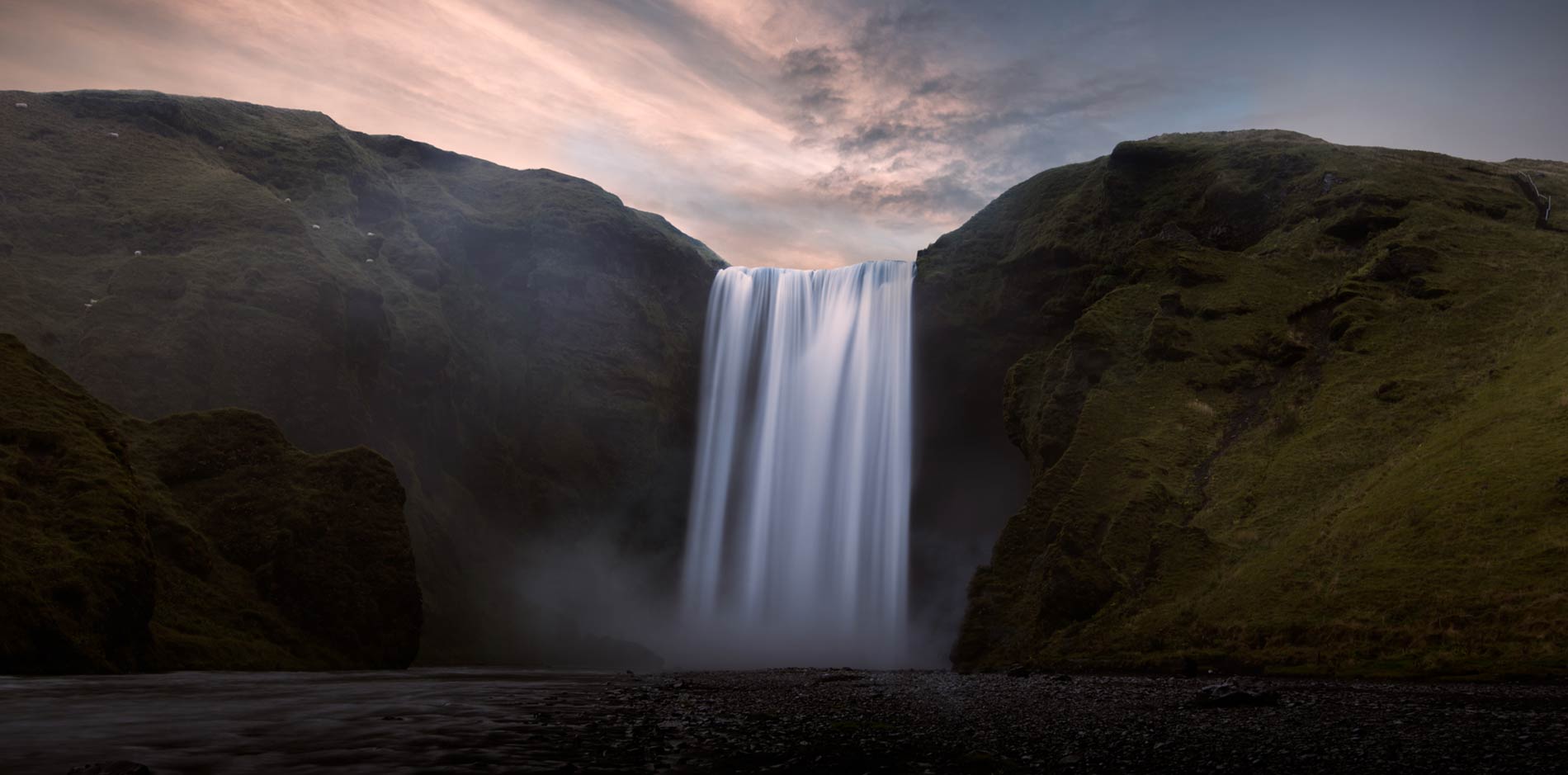
Majority of the postcard sights are just off the Ring Road so it makes drive by shooting really easy. I made a rough map with all the places I wanted to see in the 7 days.
Top 5 favourite places to take photos were:
– Iceberg lake but a photographer like yourself will have more fun at the beach than the actual lagoon.
– Kafla Lava fields are amazing if you get overcast clouds with texture or go at golden hour.
– Vestrahorn, spend your time hunting the perfect compsure in the black sand dunes.
– Don’t stick to the major attractions. One of the best feeling was being out all by yourself exploring unchartered trails.
– Make northern lights your focal point, they’ll make 3/10 photos 9/10.
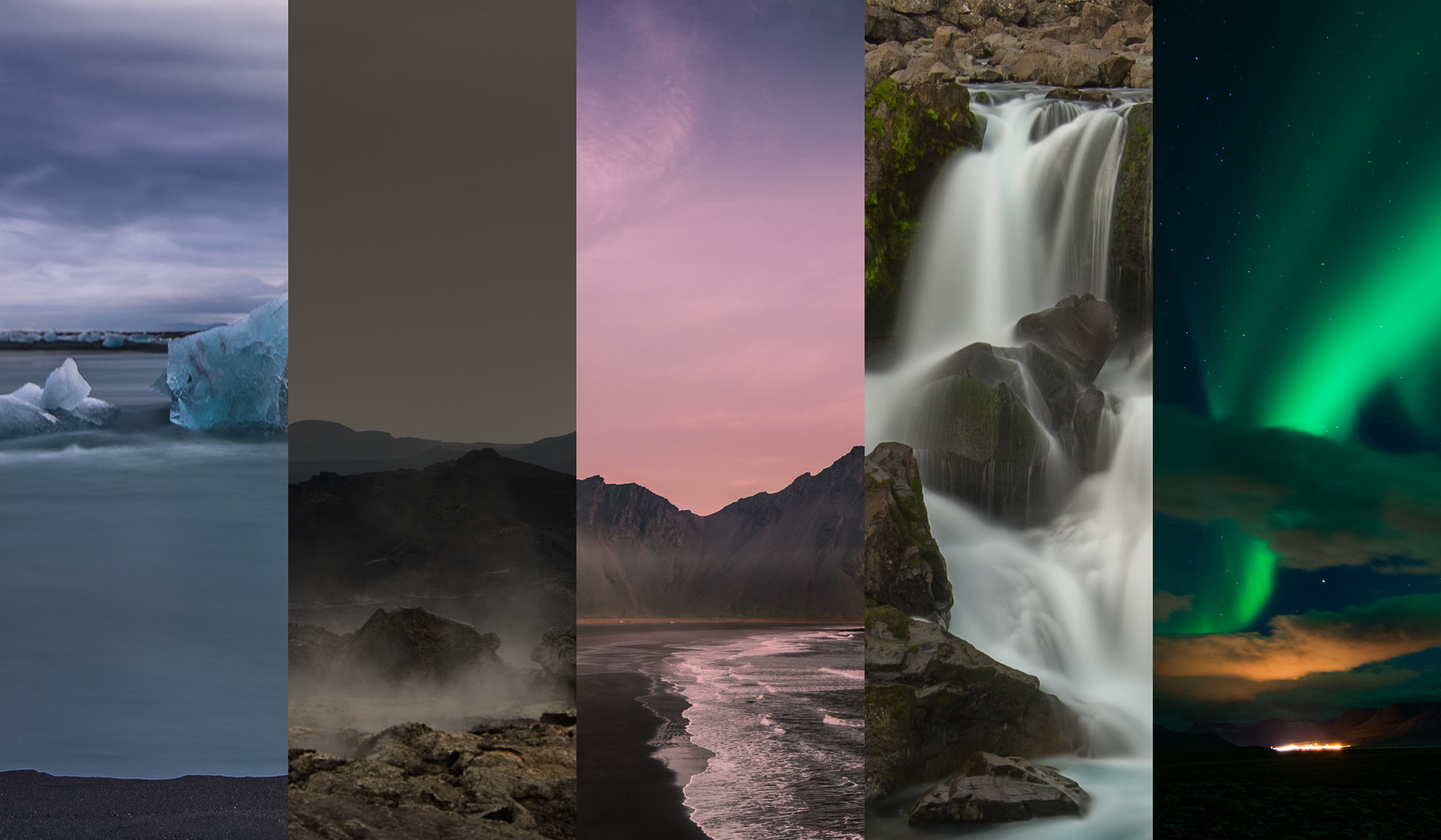
It’s really easy to miss some of these gems, so pay attention to the little celtic knot sign post on the side of the road that mark major sights. Knowing the GPS coordinates is also a great idea, because trip advisor and google maps are less relevant than a Facebooks privacy policy and who wants to type out Svalbarðsstrandarhreppur with your thumbs anyway.
Northern lights are easy to take photos of, what’s hard is
getting the focus right. Here are the top tips for taking photos of space waves:
– Bring a high powered flash light (if it doesn’t come with a warning label on it then it’s not powerful enough enough). This lets you autofocus in pitch black.
– If you don’t have a flash light just shoot and adjusting your focus manually until you nail it
– Star trails are your enememy! Remember the 500/focal length = # of seconds you can do without star trails. 24mm ~ 20s of exposure.
– Bring a telephoto along for the ride as well
– Get ready to be fast, northern lights can disappear in seconds
– Don’t chase Northern lights, research during the day, sit and wait and reflect on your life’s regrets.
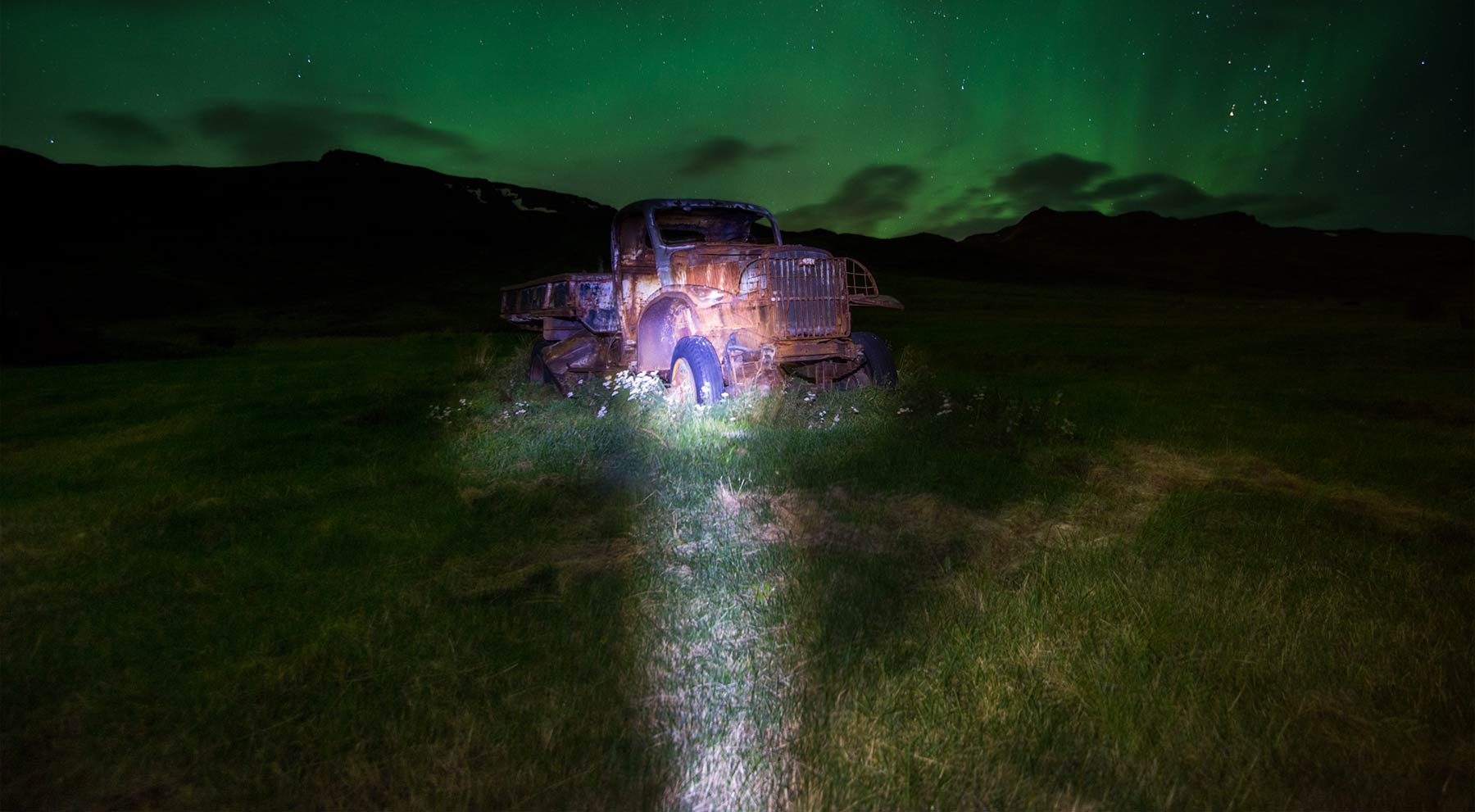
Weather
Weather is king in Iceland. Go where the nice weather is if you’re travelling in the autumn. Sure the clouds provide a moody backdrop, but when it rains it makes any long exposures difficult when you’re wiping your front element every 10 seconds. Plan your trip spontaneiously or risk participating in a wet t-shirt contest every single day.
Late September weather can be especially wet and wild, 80% of the time it was overcast for me. Bring a decent coat, gloves that you can work your camera in, something to cover your camera with (ball cap) and pick up a few icelandic swear words.
The good news is the Northern lights are in town. Use this website to get the cloud cover and a forecast http://en.vedur.is/weather/forecasts/aurora/. The problem isn’t seeing the northern lights in late september, it’s getting a clear sky. They pop out of no where and are one of the most spectacular things you’ll see in your life (and I’ve see a baby penguin get dropped 40ft from the sky).
Equipment
Nikon D600 with 3 lenses.
[ photo of equipment ]
D600 – You don’t need a great camera body. The only important part is the ISO level, dynamic range, and how many megapretzels it has (remember that a 27” Retina display is 14 megapixels).
16-35mm VR f/4 – I hate this lens. It isn’t sharp, it’s heavy, and it’s only good around 22-26mm. Don’t even think of using it at 35mm. Bokeh is balls. That being said you don’t have much choice from Nikon, it’s sharper than the 28mm 1.8, less sharper than the 14-24mm, better than the 24-70mm 2.8 in the 24mm area (esp. the corners). If the new 20mm 1.8 is kosher then I’ll be replacing that with this. Used the 16-35mm begrudgingly for 90% of my shots.
35mm f/1.8 FX – Great lens. Sharp, light, but you’ll never use it in Iceland because it’s not wide enough and you’ll rarely shoot at 1.8. Maybe for Northern Lights, but you can just bump up your ISO.
70-200mm f/2.8 VR2 – Completely uncessary in Iceland, I brought it to take puffins, but they fly away in the late summer. Wish I brought my 85mm f/1.8 instead and saved my back.
B+W 10x ND MLC filter – Loved this – It makes your waterfalls creamy even in broad daylight. Can’t believe I haven’t picked one up before this trip.
Essential accessories: A camera remote (for beyond 30s exposure), a great tripod with a bit of heft (windy), a really great hiking camera bag (Mindshift Panarama), infrared remote for northern lights, at least 5 microfibre cloths.
Things I never used: 1.7x teleconverter, black rapid rs-sport strap, 35mm 1.8 ED, kenko tubes, 77mm polarizer.
Things I wished I had done before I left
– Turn on highlights on image review so you know if something got blown out (histograms are hard to read)
– I shoot raw, but Iceland is one of those places you might want to give HDR or bracketing a go because it’s so tough to get the entire landsacpe in expsure
– If you have a 10x or 9x ND filter don’t forget to cover your view finder or else this will happen
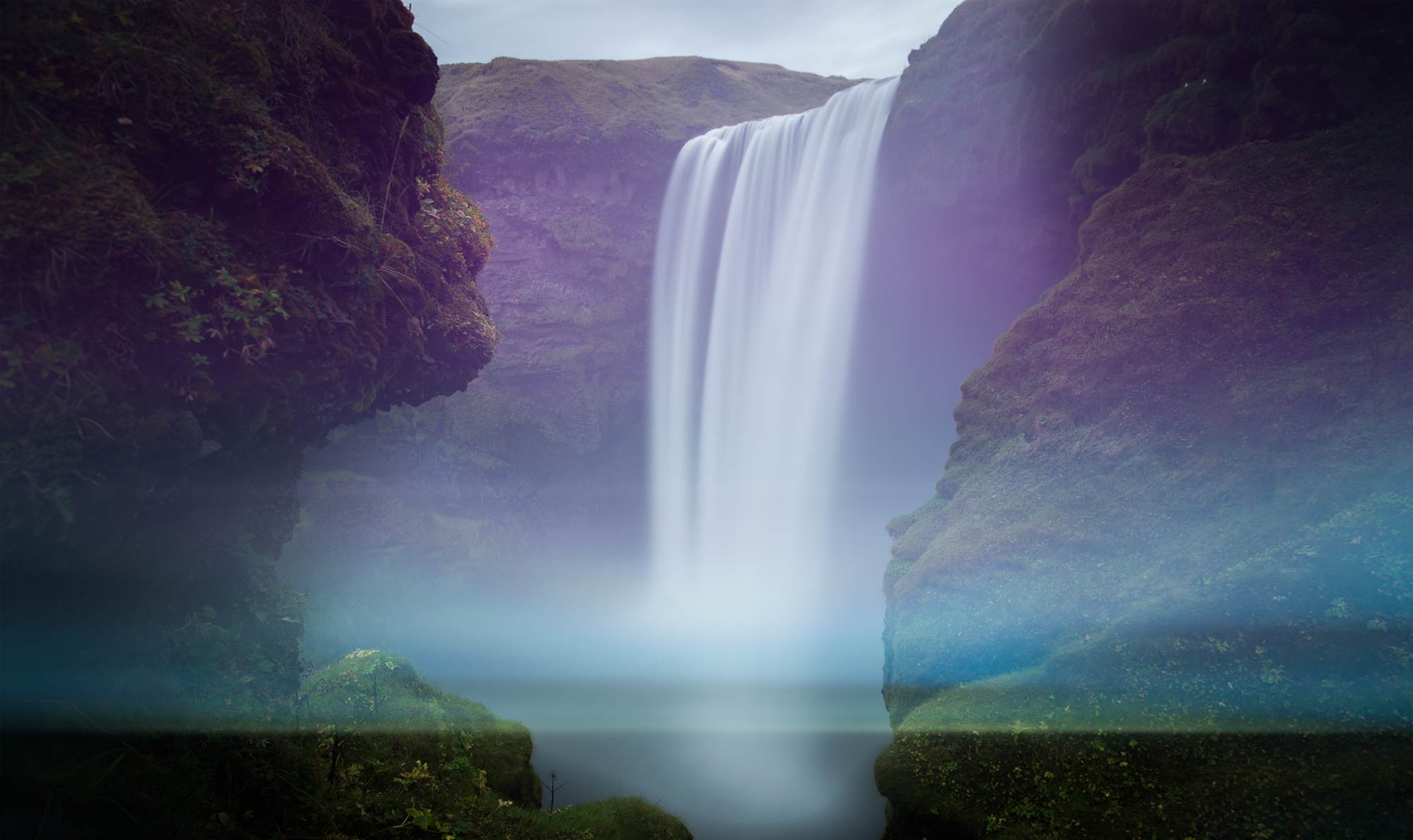
People
People in Iceland are friendly, but appreciate how you would feel if your country was overrun by tourists most of the year. They speak English better than I can, but still took the time to learn a few small icelandic words.
With a population only 200,000 people outside of the capital you probably won’t get a chance to meet too many genuine icelanders except if you do Airbnb.
Where to stay
Stay away from hostels. They’re a dump (esp. Skógar and Hofn) and charge $10 for linens on top of $30 for the stay. For $20 more you can get a room on AirBnb and stay with a cool icelander even if they have 19 cats.
I booked all my AirBnbs the day of, worse comes to worse you sleep in your car and catch a northern lights show.
Consider camping, if you’re one with nature and don’t mind a little wet.
Food
Restaurants are hard to come across, especially in late September in the small towns. If you do find one they are quite expensive. There are little gas stations with gruely food, but you’re best off grocery shopping and making sandwhiches. Nuts, cheese, and lego are particularly expensive in Iceland.
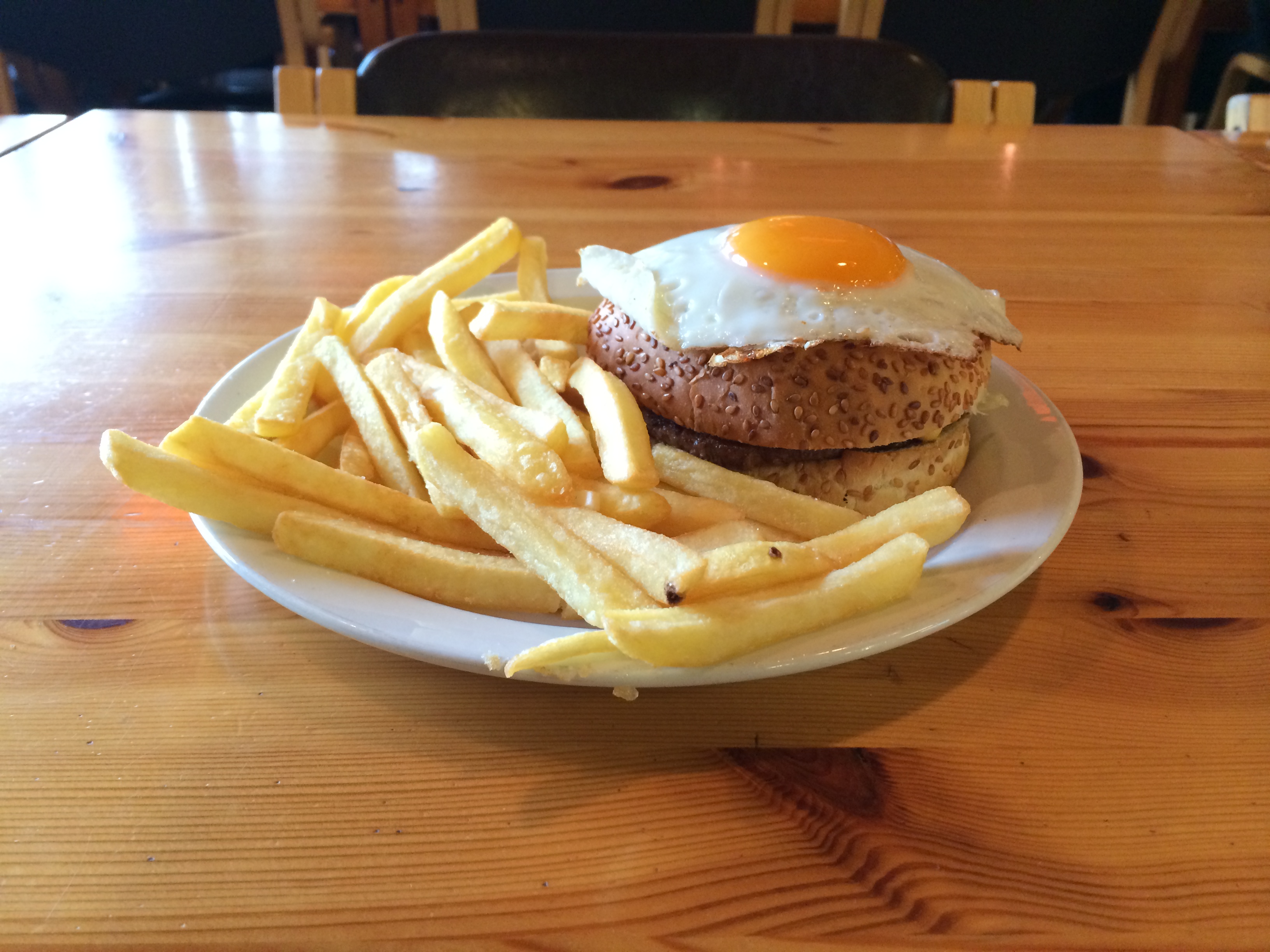
All in All
Iceland is one of the few places I’d like to visit again. Itrivals the beautify of New Zealand with a hint of isolation of Antarctica. Plus Icelandair has got some pretty sweet deals (I paid around 1k to go to Heathrow w/ 7 day stop over to Iceland). The sparse population combined with the seemlingly untouched beauty will leave an impression even on your big city concrete heart.
05 October 2014
Uncategorized
